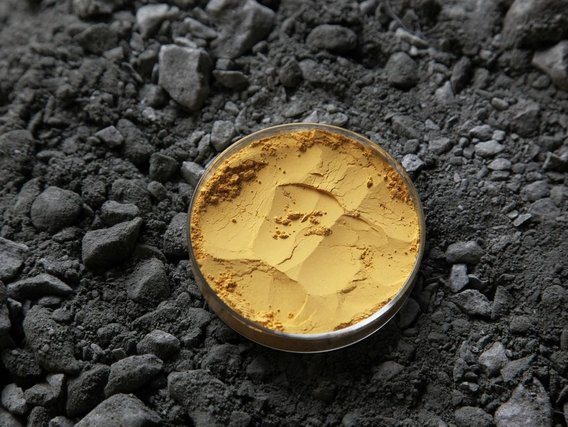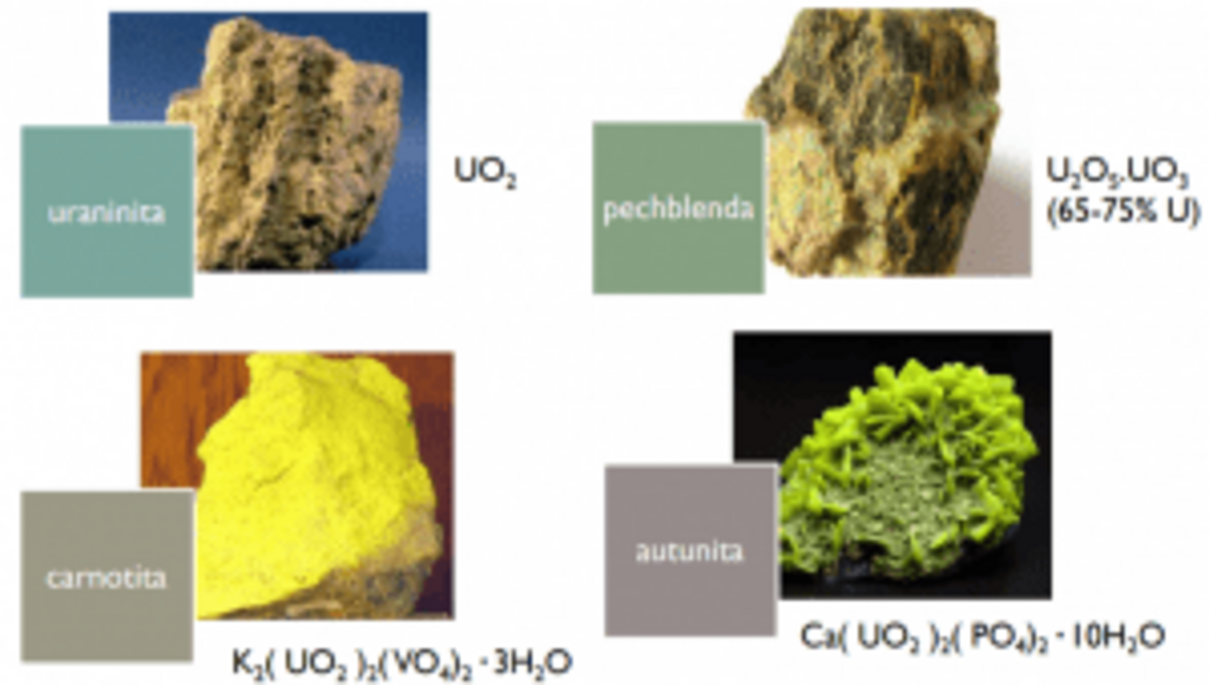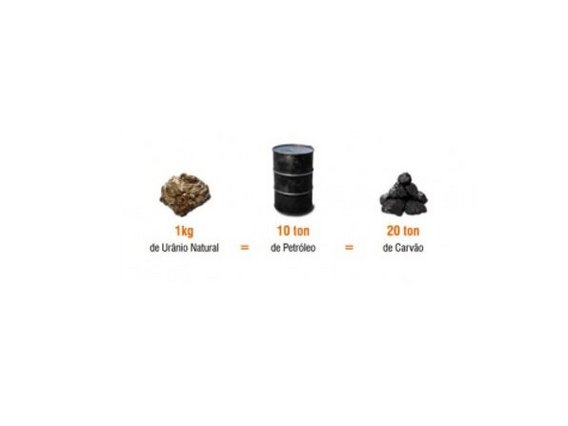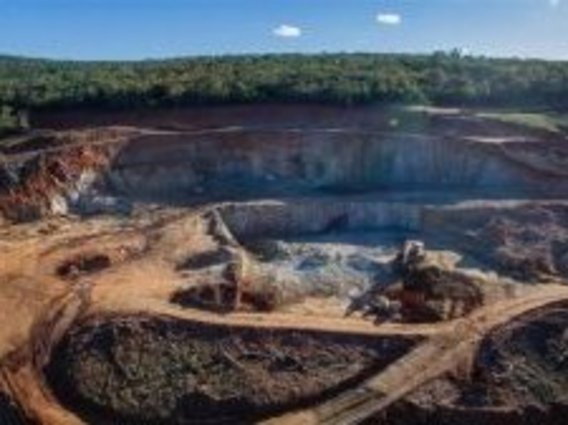Law 4.118 of 1962 was created to regulate the National Nuclear Energy Policy and create the National Nuclear Energy Commission (CNEN). This law became famous as the "Monopoly Law" and the reason for this can be seen in its first article:
Art. 1 Constitutes a monopoly of the Union:
I - The research and exploitation of nuclear mineral deposits located in the national territory;
II - Trade in nuclear ores and their concentrates; nuclear elements and their compounds; fissile and fertile materials, artificial and substantial radioisotopes and radioactive substances of the three natural series; nuclear by-products;
III - The production of nuclear materials and their industrialisation.
As this law predates the current Constitution, it also has an exclusive article on the subject:
Art. 177. The following constitute a monopoly of the Union:
V - the research, mining, enrichment, reprocessing, industrialisation and trade of nuclear ores and minerals and their derivatives, with the exception of radioisotopes whose production, commercialisation and use may be authorised under a permission regime, in accordance with subparagraphs b and c of item XXIII of the caput of Art. 21 of this Federal Constitution.
In this way, uranium mineral research and all its stages, in the Brazilian context, are the exclusive preserve of the Federal Government, in the form of its state-owned nuclear industries.
The monopoly situation in Brazil was not exclusive to uranium and in past decades other sectors faced the same discussion, the most notable being the telecoms and oil sectors, with oil in a similar situation to uranium.
The premises of the monopoly are laid down in the Federal Constitution:
Art. 21. It is incumbent upon the Union:
XXIII - to explore nuclear services and installations of any nature and to exercise a state monopoly over research, mining, ..., subject to the following principles and conditions:
a) all nuclear activity in national territory shall only be permitted for peaceful purposes and with the approval of the National Congress;
b) under a concession or permission regime, the use of radioisotopes is authorised for research and medicinal, agricultural, industrial uses and similar activities;
c) civil liability for nuclear damage is independent of fault;
Points b and c are interesting points to scrutinise the legislation and its practical effects.
In a brief and exemplary way, the legal effect of point c is to make the Union responsible for practically any nuclear accident, whether or not the perpetrator is at fault, and this has already had serious repercussions in Brazil's past, such as the well-known Cesium-137 accident in Goiás and the suspicions of radioactive contamination around state-owned nuclear companies.
Point b is of greater interest to our sector. After a long battle, the industrial sector, including the agricultural, pharmaceutical and mining industries, managed to break the monopoly on the use of radioisotopes in October 2006, with Constitutional Amendment 49 of 2006.
In the food sector , radiation equipment is used to increase the durability of food by altering certain organic chains, making them less susceptible to degradation.
In our sector, mining companies use spectrometers with different functionalities such as X-ray fluorescence, atomic absorption and X-ray diffractometers, which use thorium, radium or other radioactive element tubes and are vital for the chemical, mineralogical and structural analysis of mineral resources.
Technological developments in the sector already allow chemical analyses to be carried out by sensors on conveyor belts, calibrating mineral processing models or even carrying out pre-concentration, as in the case of ore-sorting.




